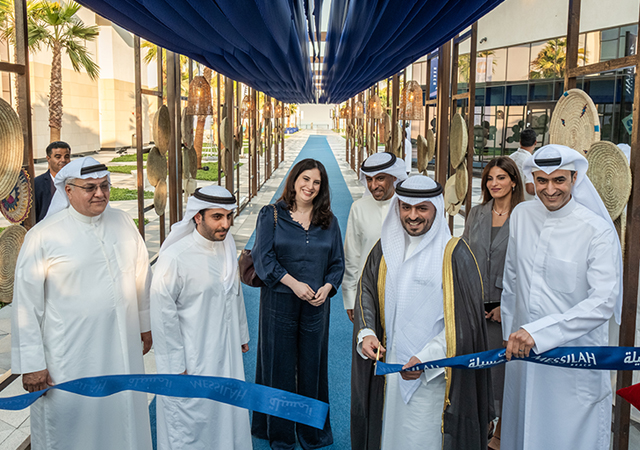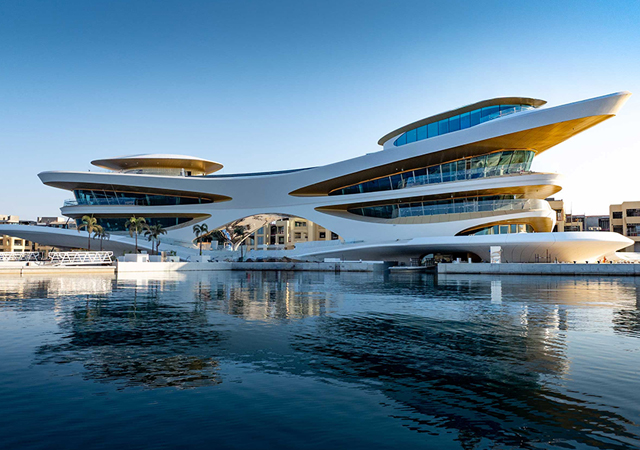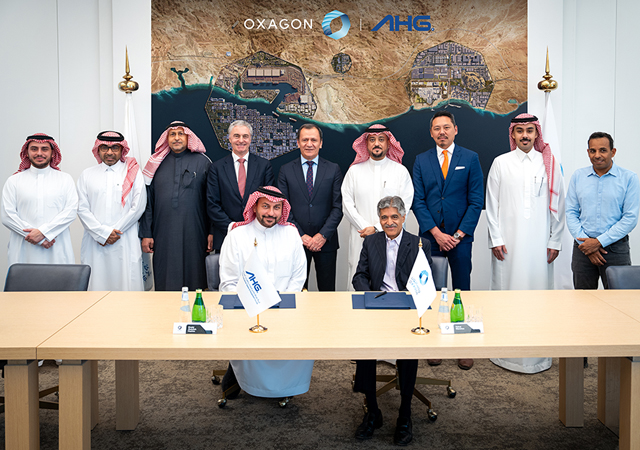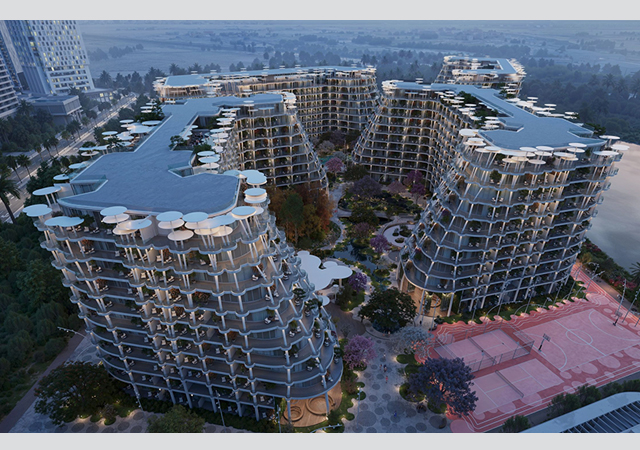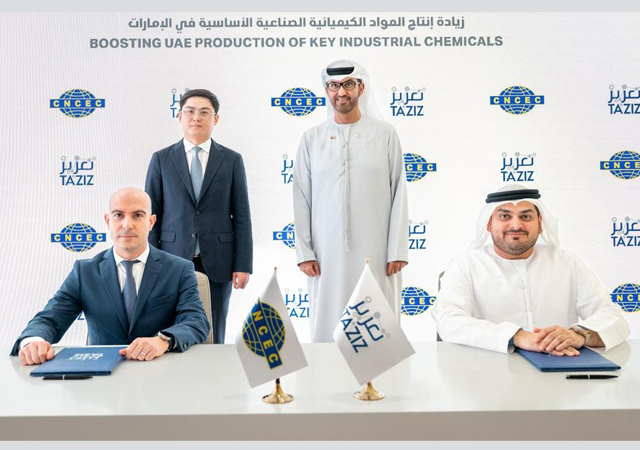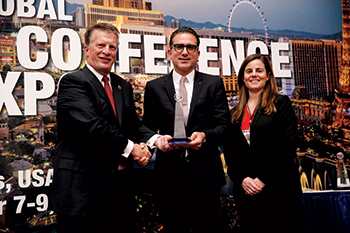
 The new specifications provide guidelines on repairing concrete buildings.
The new specifications provide guidelines on repairing concrete buildings.
In a bid to provide technical direction to architects and specifiers for designing cost-effective, validated concrete repair processes, the American Concrete Institute (ACI) has introduced the ACI 563-18: Specifications for Repair of Concrete in Buildings.
This important tool by the ACI, a global consensus standards development organisation, complements ACI 562-16: Code Requirements for Assessment, Repair, and Rehabilitation of Existing Concrete Structures and Commentary – a version of which was originally released in 2013 and updated in 2016. The new document can also be used as a standalone.
Members of the committee that drew up the ACI 563 were diverse, coming from different geographical areas and representing various professions within the industry, including contractors, material suppliers, legal experts and more, said Tracey D Marcotte of the ACI.
Described as being the first standard of its kind, ACI 563-18 provides minimum basic requirements for a range of issues associated with the repair of structural concrete that are not included in standards for new construction.
“For example, concrete repairs must often be performed on buildings that are not compliant with current building codes for new construction, even though those structures may still be safe and performing well,” she said.
Frequently, repairs must be performed on buildings where as-built conditions are undocumented, or performed in localised areas, for example, a group of columns located in the centre of a floor plate that present unique structural considerations. Another challenge is that existing buildings are often occupied during repair work, creating a set of safety requirements that new-build standards do not address. To safely transfer loads in these situations, ACI 563-18 offers guidance on shoring and bracing.
ACI 563-18 is particularly useful for the GCC, where corrosion of reinforcing steel is one of the biggest challenges for concrete structures in the region. Near the coast, sea spray attacks the superstructures of buildings. Concrete foundations are also at risk: groundwater can be extremely saline and even soil may contain corrosive minerals. Corroded steel leads to cracking and spalling of the surrounding concrete, which in turn exposes more steel surface area to be corroded.
“High temperatures are common in the region, with extreme fluctuations of heat and humidity both daily and seasonally. When these high temperatures occur during concrete production, they can cause a rapid decrease in concrete workability and result in poor mix quality,” Ahmad Mhanna of the ACI pointed out.
“Concrete installers may use excessive amounts of water to achieve workability and thereby undermine the long-term performance of the concrete,” he added.
In addition, regional construction practices can also put concrete buildings at risk.
The new ACI 563-18 details a number of specifications and guidelines to repair concrete buildings including:
• General construction requirements for all repair work, with delineation of team members’ responsibilities as well as documentation requirements.
• Recommendations for specialty engineers to follow in the design of shoring and bracing. Considerations include the presence of prestressed reinforcement and sequencing of repair work as the structure is unloaded and reloaded.
• Guidance on concrete removal and preparation of the concrete substrate for repair. In addition to minimising damage to the existing structure, a critical concern during repair is to prepare concrete surfaces for bonding by ensuring that they are free of debris or other bond-inhibiting materials. Recommendations are also given on equipment for concrete removal and execution of the removal.
• Requirements for reinforcement and reinforcement supports, with a focus on the cutting and/or bending of existing reinforcing materials and connecting new materials with existing ones. This includes splices, length of splice laps and details of mechanical and welded splices.
• Properties, proportioning, mixing, and use of proprietary cementitious and polymer repair materials. Crack repair by epoxy injection and specifications for shotcrete are specifically addressed.
Checklists on mandatory requirements as well as optional requirements are provided to assist the architect/engineer in supplementing the provisions of this specification, as required or needed, by designating or specifying individual project requirements.
“ACI 563-18 can be used either as a reference or incorporated in its entirety into project specifications. It includes guidance for tailoring companion technical drawings and specifications to communicate specific project needs. The standard can be used for projects of all sizes and is suitable for all project delivery types,” said Marcotte.
ACI 563-18 is available for purchase in print and digital formats through the American Concrete Institute at www.concrete.org.

















.jpg)

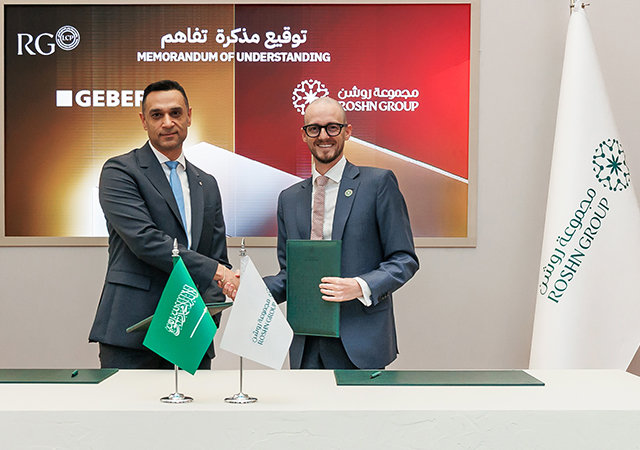







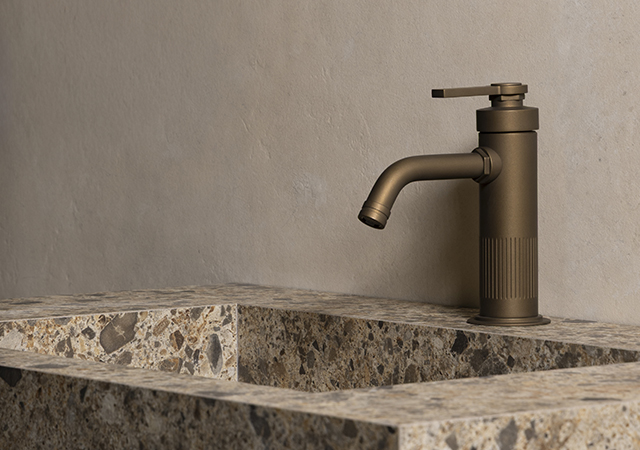



 (1).jpg)



